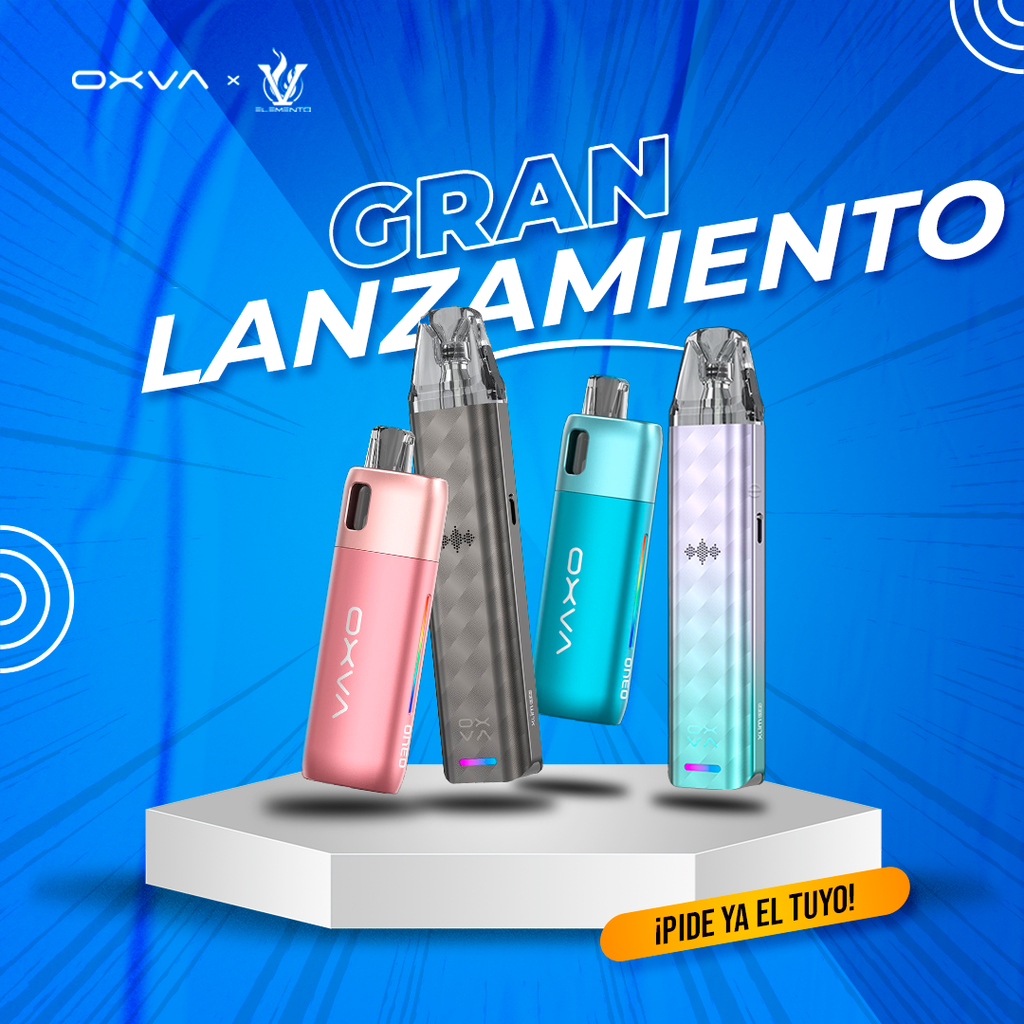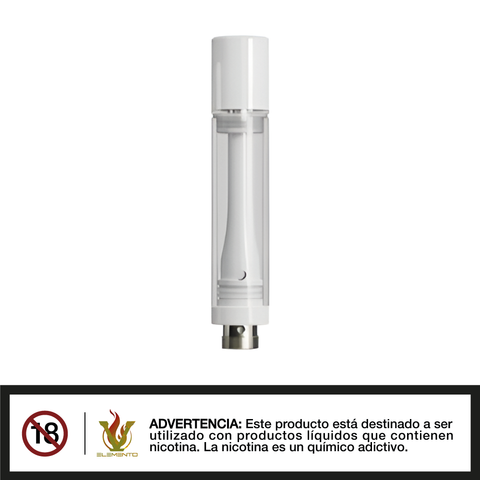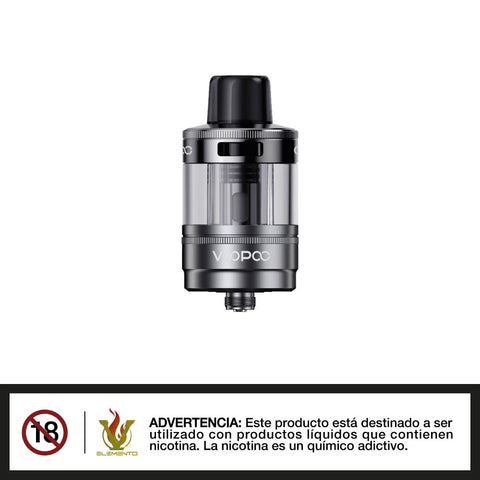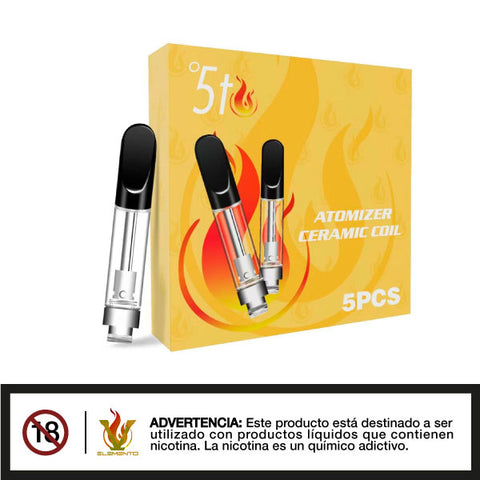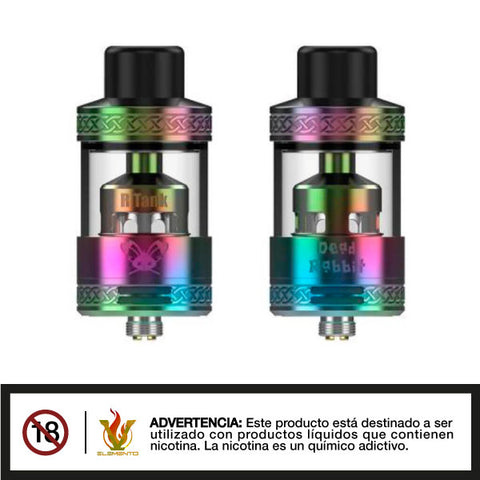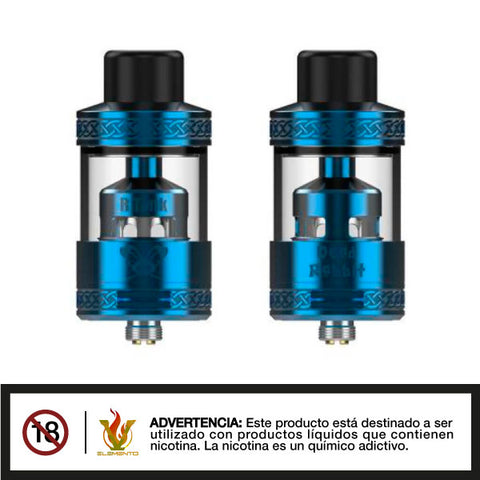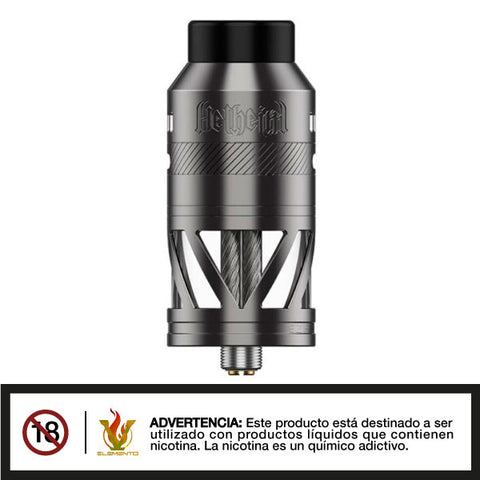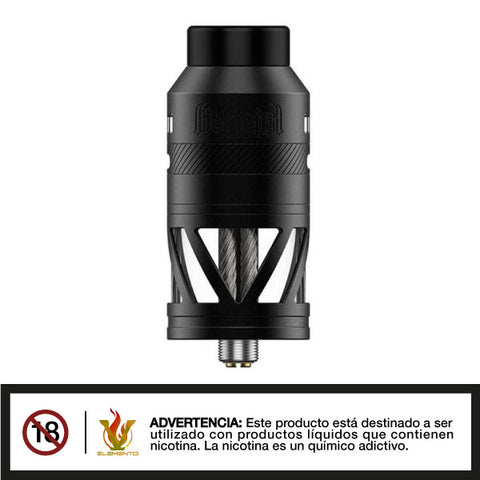Voopoo Drag S Mod - Open Box
Nota: El empaque de este producto puede estar abierto o averiado. Garantía: 1 mes *Aplican términos y condiciones.
El Voopoo Drag S Mod Kit 60W VW Pod ya está disponible! El Voopoo Drag S funciona con una batería interna de 2500 mAh. El chipset Gene.TT incorporado es la última tecnología de Voopoo y brinda una experiencia de vapeo increíble a los vapeadores. El kit Voopoo Drag S tiene una capacidad de jugo de 4,5 ml con bobinas reemplazables. El tanque Voopoo Drag S es compatible con todas las bobinas PnP (excluido PnP RBA). El kit mod pod Voopoo Drag S adopta una función de potencia ajustable de 5W a 60W.
Características:
- Dimensiones: 87 mm por 33 mm por 28 mm
- Batería recargable de 2500mAh integrada
- Rango de salida de potencia: 5-60W
- Rango de salida de voltaje: 3.2-4.2V
- Rango de resistencia: 0.1-3.0ohm
- Velocidad de disparo: 0.001s
- Identificación inteligente de bobinas
- Construcción de aleación de zinc y cuero
- Botón de disparo intuitivo
- Dos botones de ajuste
- Conexión de cápsula magnética
- Capacidad del tanque de cápsulas PnP de 4.5 ml
- Sistema de llenado inferior
- Serie de bobinas VOOPOO PnP
- Bobina PnP-VM1 de 0.3ohm - clasificada para
- Bobina PnP-VM5 de 0.2ohm - clasificada para
- Instalación de bobina de ajuste de presión inferior
- Conexión de cápsula magnética
- Protección de horas extras
- Protección contra cortocircuitos
- Protección contra sobrecarga
- Max Power Protection
- Salida sobre protección actual
- Protección contra descarga excesiva
- Protección contra sobretemperatura
- Puerto USB tipo C
Contenido del Paquete:
- 1x Voopoo Drag S Mod - Open Box
En Quinto Elemento Vap nos especializamos en la venta de vaporizadores, líquidos para vapeo, repuestos, accesorios y más.
Do you have any doubt? Our vape experts are here to help you
Nicotine is an alkaloid derived from ornithine found in plants of the genus Nicotiana sp. The effects of nicotine in man depend on the dose, being able to behave as a stimulant or as a blocker of ganglionic nerve transmission.
How does nicotine work?
Nicotine is absorbed into the bloodstream and reaches the adrenal glands, which are located above the kidneys. These glands release adrenaline, which increases blood pressure, heart rate, and breathing rate. Adrenaline also causes many pleasant sensations, all at the same time.
What other effects does nicotine have on health?
Although nicotine is addictive, most of the health effects are caused by other chemicals found in tobacco. Tobacco use damages each and every organ in the body. Smoking tobacco products can cause lung, mouth, stomach, kidney, and bladder cancer. It can also cause lung diseases — such as coughs — and heart disease, vision problems, and yellowed teeth. Smokeless tobacco products are also dangerous. They can cause mouth cancer and heart and gum disease.
How is nicotine addiction created?
Over time, the nicotine found in tobacco can change the way the brain works. When a person stops using nicotine, the body can become confused and start to feel very sick. This makes it difficult to quit nicotine, even when we know it is harmful. That is called addiction.
Contraindications of Nicotine
Hypersensitivity to nicotine, non-smokers or occasional smokers, children, pregnancy, lactation, recent myocardial infarction, unstable angina pectoris or aggravation of it, Prinzmetal's angina, serious cardiac arrhythmias, cerebrovascular accident, insuf. advanced cardiac.
Warnings and Precautions Nicotine
HTA, stable angina pectoris, enf. cerebrovascular disease occlusive peripheral arterial insuf. heart disease, diabetes mellitus, peptic ulcer, hyperthyroidism, pheochromocytoma, IR or IH, atopic or eczematous dermatitis (transdermal patches). Oral forms caution in: active esophagitis, oral or pharyngeal inflammation, gastritis. Risk of inducing tolerance and physical dependence.
Nicotine in pregnancy
Nicotine has harmful effects on fetal health clearly defined as: low birth weight, increased risk of spontaneous abortion and increased perinatal mortality. It can produce, depending on the dose, alterations in the fetal circulation and in the respiratory movements of the fetus. In the 3rd trimester, nicotine has hemodynamic effects (such as changes in fetal heart rate) that can affect the fetus near delivery.
Nicotine in Lactation
Contraindicated in lactating women. Nicotine is excreted in breast milk in amounts that may affect the nursing infant, even at therapeutic doses. Consequently, during the lactation period, the use of nicotine replacement therapy products should be avoided, as should smoking. If you have not been able to quit smoking, the use of oral forms is preferable to that of patches. The use of nicotine replacement therapy during lactation should only be started after consulting a doctor.
Nicotine Adverse Reactions
Systemic: asthenia, flu syndrome, headache, pain, constipation, diarrhea, dyspepsia, nausea, vomiting, flatulence, hiccups, gastritis, stomatitis, esophagitis, myalgia, arthralgia, sleep disorders, insomnia, dyspnea, tremor, dizziness, dryness mouth, nervousness, increased coughing, pharyngitis, palpitations, increased sweating. Local: transient rash, pruritus, edema, burning and tingling sensations.




